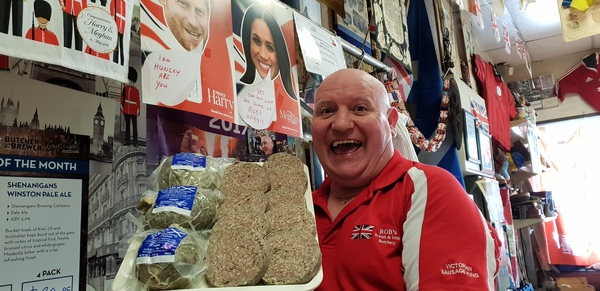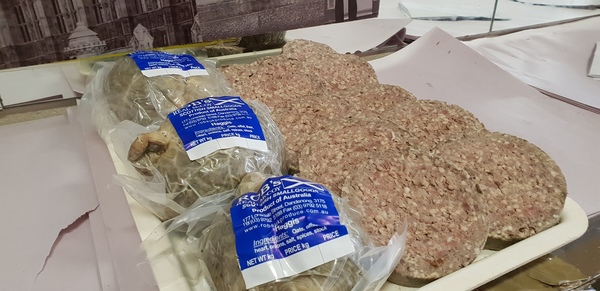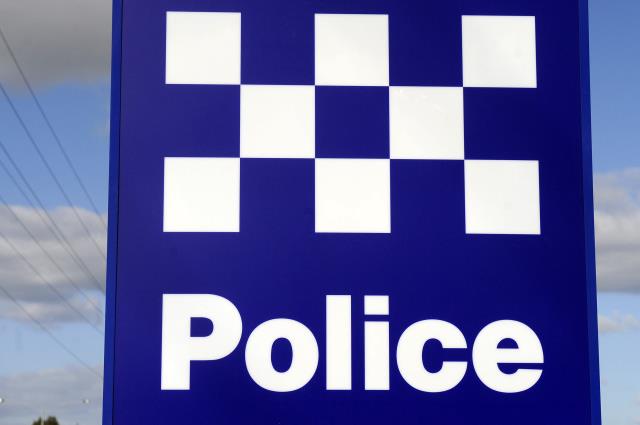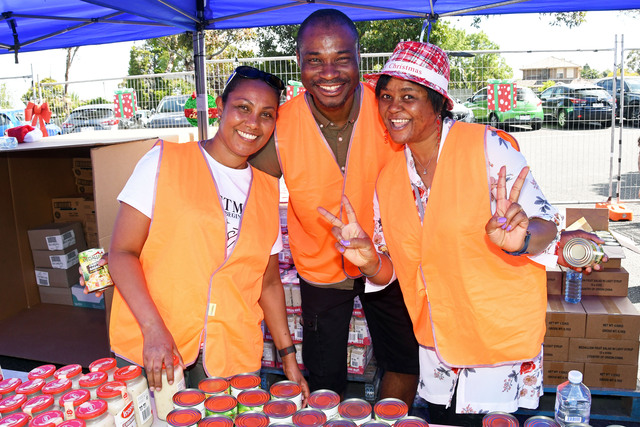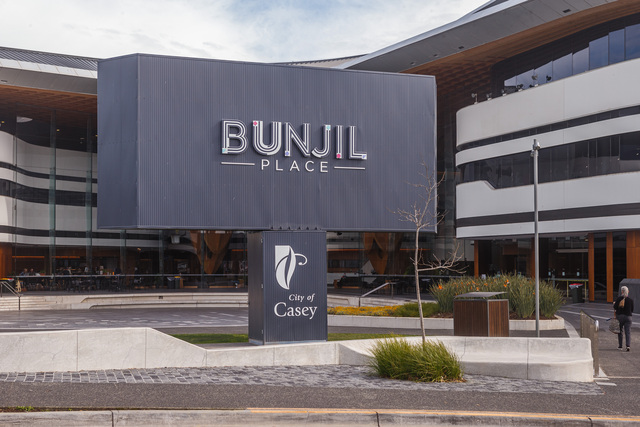Haggis.
It’s delicious, especially if you don’t know what’s in it.
But more and more locals are setting aside pre-judgements. And even putting a slice of haggis on the ‘barbie’, says Dandenong butcher Rob Boyle.
If the rumours are right, his haggis was certainly good enough for Prince Harry and Princess Meghan during their recent visit to Melbourne.
As with other makers, Mr Boyle’s recipe is a close-guarded secret.
Typically the Scottish national dish is a mixture of lungs, heart and liver of either a sheep or ox with grains and spices. All wrapped in a sheep or ox’s stomach.
It is thought to have started in ancient Roman times and became a popular peasant food in the Balkans.
An ideal parcel for long road trips by foot, it was refined and adopted in a big way in Scotland.
“In the old days, you didn’t waste any part of the sheep,” Mr Boyle says.
“If people can get their head around what they think is in it and know is in it, they’ll find it tastes like savoury mince.
“It has a lovely soft texture in the centre while the oatmeal crisps up on the outside.”
At Rob’s British Butchery, it’s sold either whole or sliced into ‘burgers’. He introduces the taste to visitors with a bread-crumbed balls of the delicacy.
Then Mr Boyle breaks it to them that they’ve just savoured some haggis.
It sells up a storm on St Andrews Day and Robbie Burns Day. The latter celebration marks the life of Scottish bard Robert Burns and lands on the day before Australia Day.
It makes for a big weekend bringing Scots and Australians together, Mr Boyle says.
In England, haggis is apparently the hot item on restaurant menus.
“It’s very versatile,” Mr Boyle says. “And it makes a fantastic burger.”
He describes his preferred ‘Big Mac’, and it’s not for small stomachs. Slabs of haggis, black pudding, Scot sausage, potato scone, bacon and egg inside a burger roll.
“When we serve them up to someone, we say: ‘Good luck!’”
Another idea is to add a slice of haggis and a bit of black pudding into a breakfast omelet.

